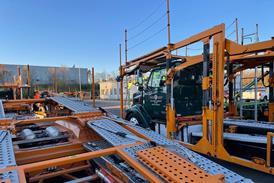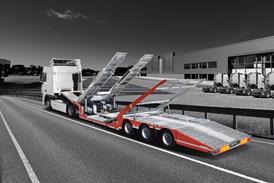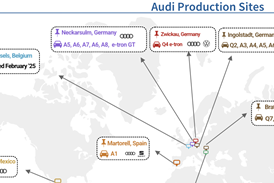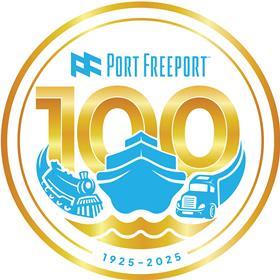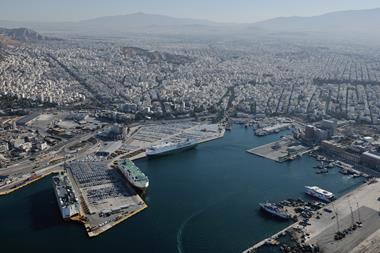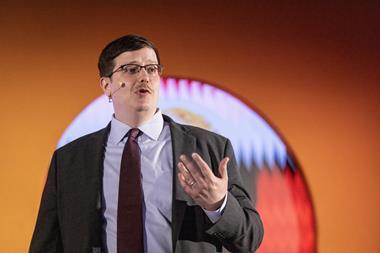PARTNER CONTENT
This content was produced by Automotive Logistics in partnership with Port Freeport
With soaring vehicle and container volumes, Port Freeport is investing in capacity, multimodal links and nearshoring-driven growth.
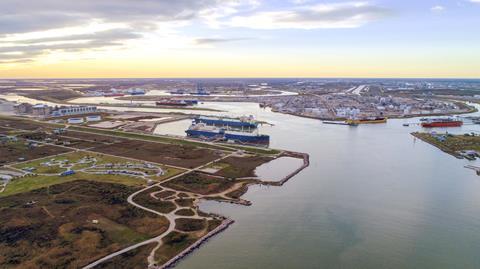
Port Freeport is fast becoming a crucial gateway for North American automotive logistics. With record-breaking vehicle and container throughput in 2024, the port is expanding its infrastructure, enhancing multimodal connections, and capitalising on nearshoring trends.
Major investments, including deepening the Freeport Harbor Channel and adding new gantry cranes, position the port as a strategic hub for OEMs and supply chain stakeholders.
Port Freeport’s expanding role in automotive logistics
Located just a few miles outside of Houston and central to the Texas coast, Port Freeport is the fastest growing port in Texas, and is establishing itself as a central hub for ro-ro and containerised cargo. Now, the port is inviting automotive OEMs to take advantage of its expanding services.
The port is one of the most accessible on the Gulf Coast, with seamless transportation links via highways, a Class I railroad and the Gulf Intracoastal Waterway, allowing multi-modal transport routes.
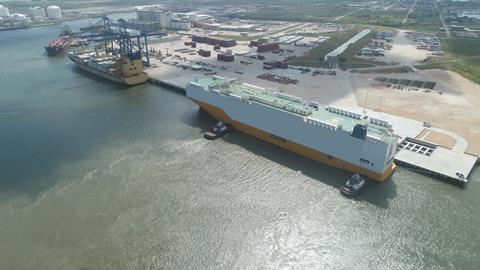
With more than 300 acres of environmentally mitigated property that is ready for development and strategically located adjacent to the port’s main terminals, it is primed for OEM collaboration.
“The port efficiently handles automotive imports and exports, offering dedicated berths, advanced handling equipment and robust infrastructure,” said Phyllis Saathoff, Executive Director and CEO, Port Freeport. “The recent expansion of rail and roadway access enhances our ability to meet the automotive industry’s needs. With the shortest transit channel on the Gulf Coast, we ensure rapid movement of goods, a critical factor for OEMs.”
Record-breaking vehicle and container growth
“Port Freeport continues to achieve record-breaking volumes, with significant growth across all cargo segments,” Saathoff said. And the numbers don’t lie. In 2024, Port Freeport handled 162,239 vehicles, marking a 78% increase year-on-year, and 58,440 container units, up 29% year-on-year.
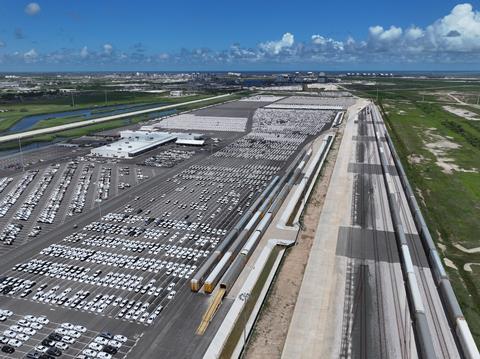
The growth looks set to continue, too. “In 2025, we anticipate continued growth, particularly in containerised and ro-ro cargo, as new infrastructure comes online,” she said. “Our growth results from strategic investments in infrastructure, a focus on operational excellence, and collaboration with stakeholders.”
Competitive advantages for automotive OEMs
Port Freeport offers unique advantages, including its location. The port is in the proximity of the Gulf of Mexico and the three Texas metroplex areas. It is a one-hour transit from the open Gulf waters to the Velasco Container Terminal and a one-hour drive to downtown Houston.
“The Gulf region’s location and infrastructure are unparalleled,” Saathoff said. “Texas, the eighth-largest economy globally, accounts for 22% of US exports and a $2.6 trillion economy. Port Freeport’s position within this thriving region allows us to efficiently serve a diverse and dynamic market.”
“The move to Freeport helps us consolidate operations and deliver operational efficiencies,” – Anu Goel, executive vice-president, group after sales & services, Volkswagen Group of America
The port’s infrastructure is also a huge draw to OEMs, particularly as the port continues to grow. This year, the port is investing in two Super Post-Panamax gantry cranes and is also expanding its container yard.
And another advantage is the port’s executive director and CEO herself. With connections to the National Waterways Conference, American Association of Port Authorities and the Texas Ports Association, Saathoff and the wider leadership team ensure that Port Freeport remains at the forefront of policy, funding opportunities and strategic planning.
“This representation amplifies our voice and supports advocacy for port infrastructure projects,” Saathoff said.
The growing trend of nearshoring is another reason for OEMs to utilise Port Freeport. “The trend of nearshoring has significantly benefited Port Freeport,” Saathoff said. “Many manufacturers are relocating operations closer to the US, leveraging our proximity to Mexico. We anticipate this trend to grow, especially as businesses seek cost-efficient and reliable logistics solutions in the Gulf region.”
The $270m Freeport Harbor Channel Improvement Project
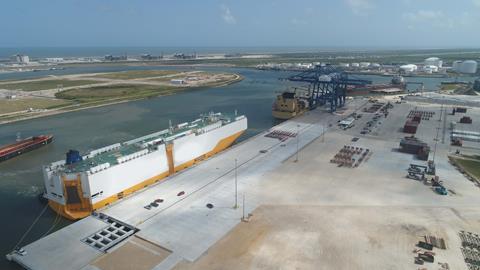
In readying itself for continuous and sustainable growth, the port has invested in its capacity to handle larger ro-ro vessels and deep-draft ships through the Freeport Harbor Channel Improvement Project. The project, worth more than $295m, aims to deepen and widen the channel, as well as expand the Velasco Container Terminal and develop rail-served warehousing and distribution facilities. It is supporting almost 266,000 jobs and generating $157.3 billion in economic impact nationally.
Port Freeport’s executive director and CEO said the project will improve navigation efficiency, allowing for larger vessels and greater cargo throughput, and thereby enhancing the port’s competitiveness in international trade.
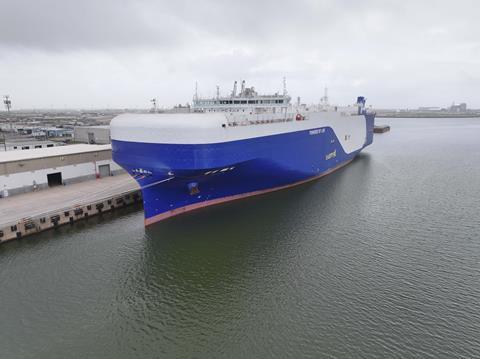
“The expansion of the Velasco Container Terminal and cargo handling facilities will accommodate higher container volumes, improve operational efficiency, and provide greater flexibility for shippers,” she said. “Furthermore, the development of rail-served warehousing, processing and distribution facilities will create a comprehensive logistics hub, streamlining cargo movement and offering integrated solutions for supply chain stakeholders.”
By facilitating the development of an efficient transportation corridor from Freeport to the Texas hinterland and the US heartland, Port Freeport is improving inland connectivity, reducing transit times, and creating cost-effective transportation options for various industries. “These strategic investments position Port Freeport as a vital gateway for global trade, reinforcing supply chain resilience and fostering economic growth,” Saathoff added.
The Freeport Harbor Channel Improvement project is due to be completed late in 2025, aligning with the port’s centennial celebrations.
Other projects at the port opening this year include the 80,000 sq. ft refrigerated cross-dock facility, as well as a continued focus on sustainability, supported by an EPA Clean Ports Program grant.
OEMs wanted: Processing and distribution opportunities
Now that the investments in the port’s expansion have been made, Port Freeport is ready and waiting for automotive OEMs to collaborate.
“The doors are open, and Port Freeport actively collaborates with our existing partner Amports and OEMs to explore opportunities to establish additional processing and distribution facilities,” said Saathoff. “Port Freeport has more than 300 acres of land immediately available for development and more than 1,800 acres near the terminal for further development to meet such demands, providing customised solutions and proximity to key markets.”
“Port Freeport’s strategic objectives are aimed at optimising efficiency, increasing capacity, and enhancing multimodal connectivity to meet the growing demands of trade and supply chains,” – Phyllis Saathoff, executive director and CEO, Port Freeport
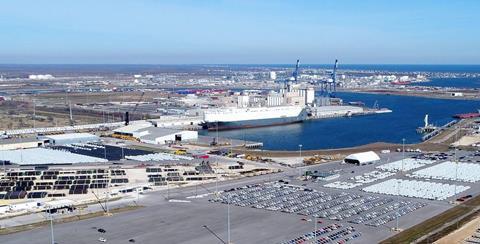
Auto-processing firm Amports also invites the collaboration with OEMs. “We were delighted to find that the responsiveness and can-do attitude of Port Freeport matched our own, as well as those of other key supply chain partners,” said Amports’ senior vice-president, sales and marketing, Gary Salvador. “As a result, we were able to develop a viable solution for ro-ro traffic into and out of Port Freeport that has forever changed the complexion of network design in North America. A customer-centric port in a business-friendly state made a tremendous difference in expediting development. Together, we have built an exceptional gateway with Port Freeport. Let’s see how we can put it to work for you.”
Sustainability at Port Freeport
Of course, Port Freeport is deeply committed to sustainability. In 2023, it established an ESG and Sustainability Committee and secured funding for climate and air quality planning. Its initiatives emphasise reducing emissions, improving efficiency and fostering a sustainable future for its community and industry. This will be achieved through collaboration and partnership with port partners.
With strong growth, strategic investments, and a prime Gulf Coast location, Port Freeport is cementing its status as a key automotive and logistics hub. As infrastructure projects come online and nearshoring accelerates, the port is set to play an even greater role in global supply chains, offering OEMs and logistics providers a cost-effective, high-capacity gateway to the US and beyond.
For more information on Port Freeport, visit their website.
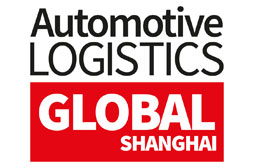



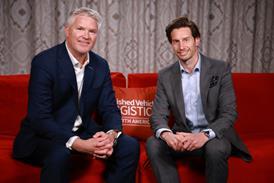

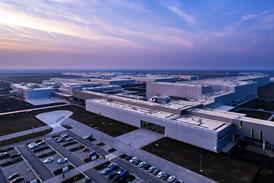



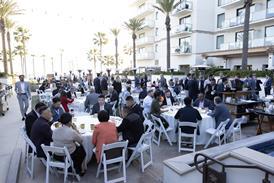



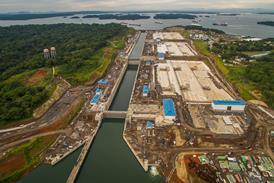






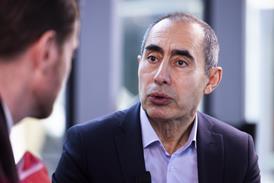
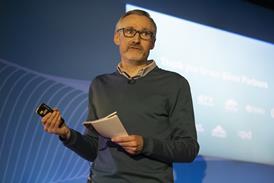
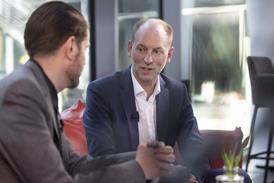
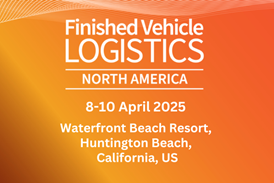
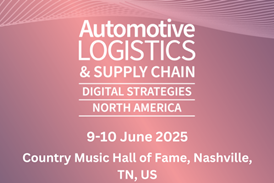
![Global[1]](https://d3n5uof8vony13.cloudfront.net/Pictures/web/a/d/s/global1_726550.svgz)
